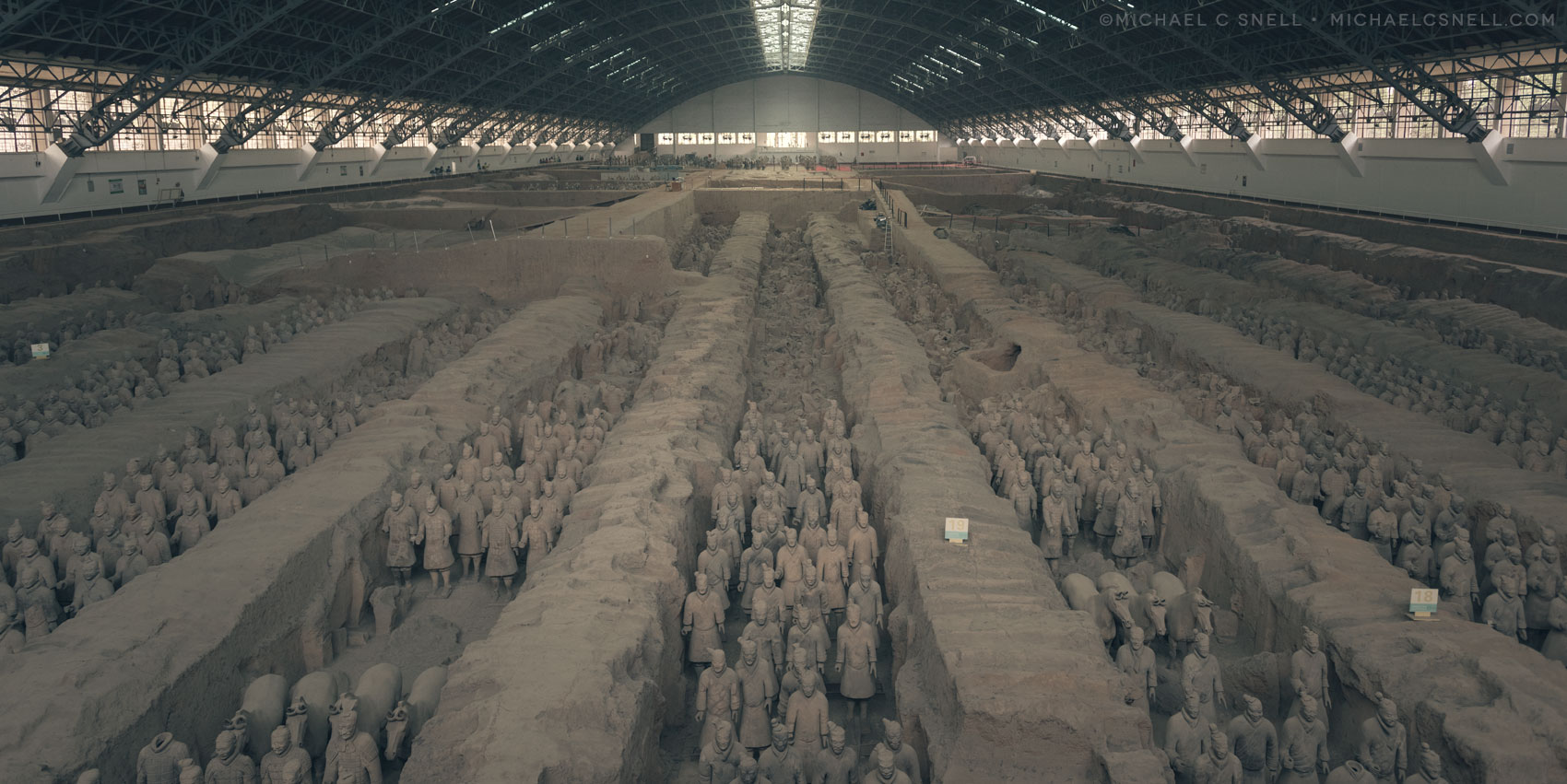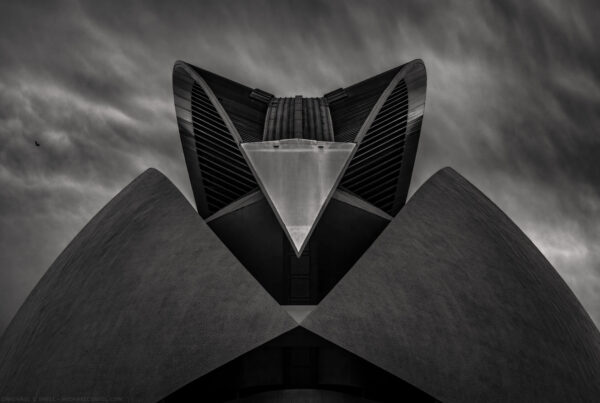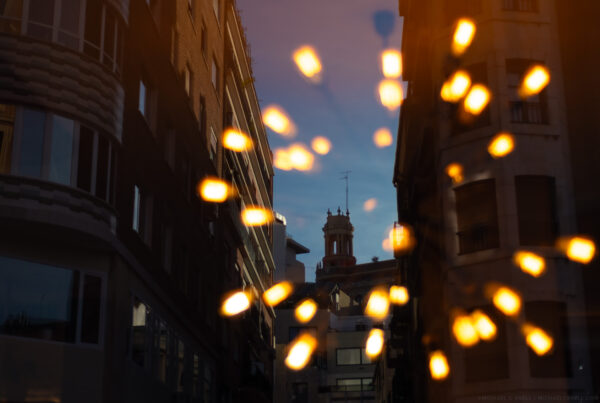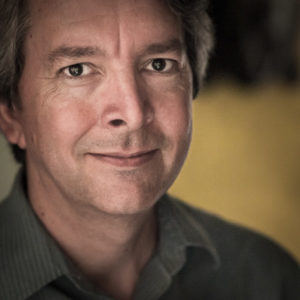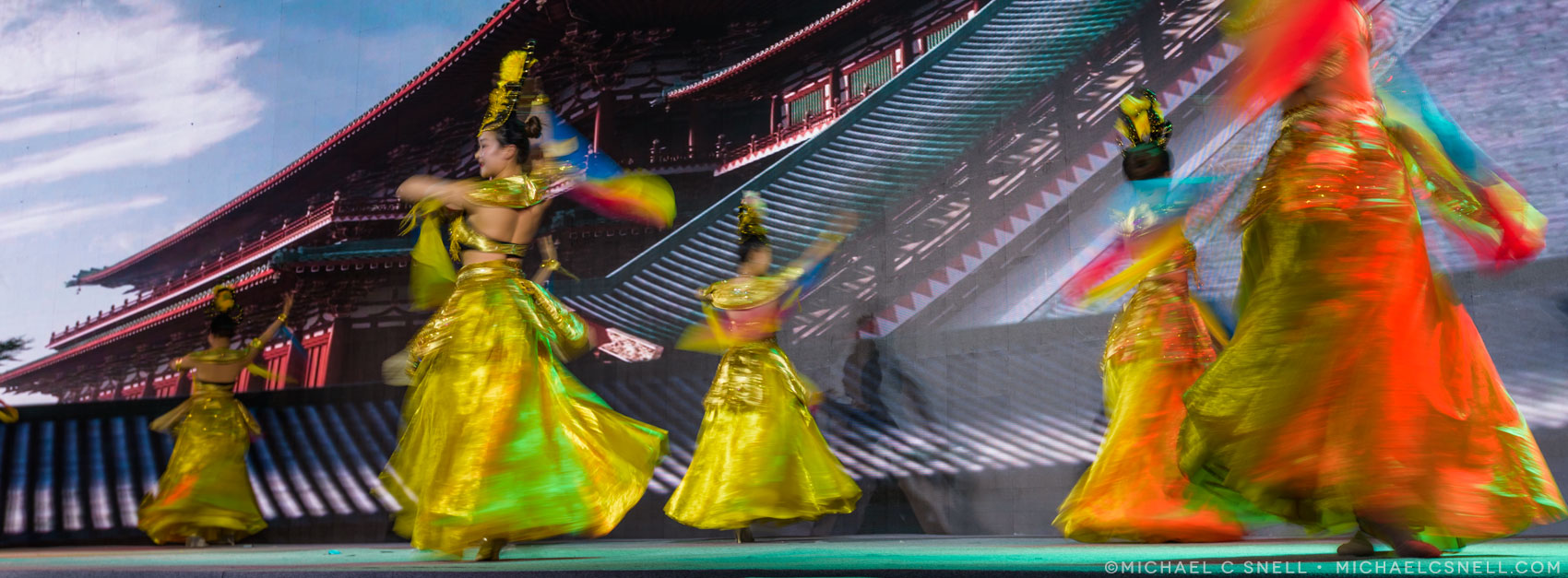
Above: A Shaanxi Tourism Promotion welcome performance.
Xi’an, China — Home of the Terracotta Army, and more…
Xi’an is most known for the thousands of terracotta warriors that were discovered by a farmer digging a well in 1974. That’s reasonable. The life-size statues were buried with the first emperor of China, Qin Shi Huang, in 210–209 BCE to protect the emperor in his afterlife. It is estimated that there are more than 8,000 warriors. From 210 BCE. Of course you want to see that if you’re in town.
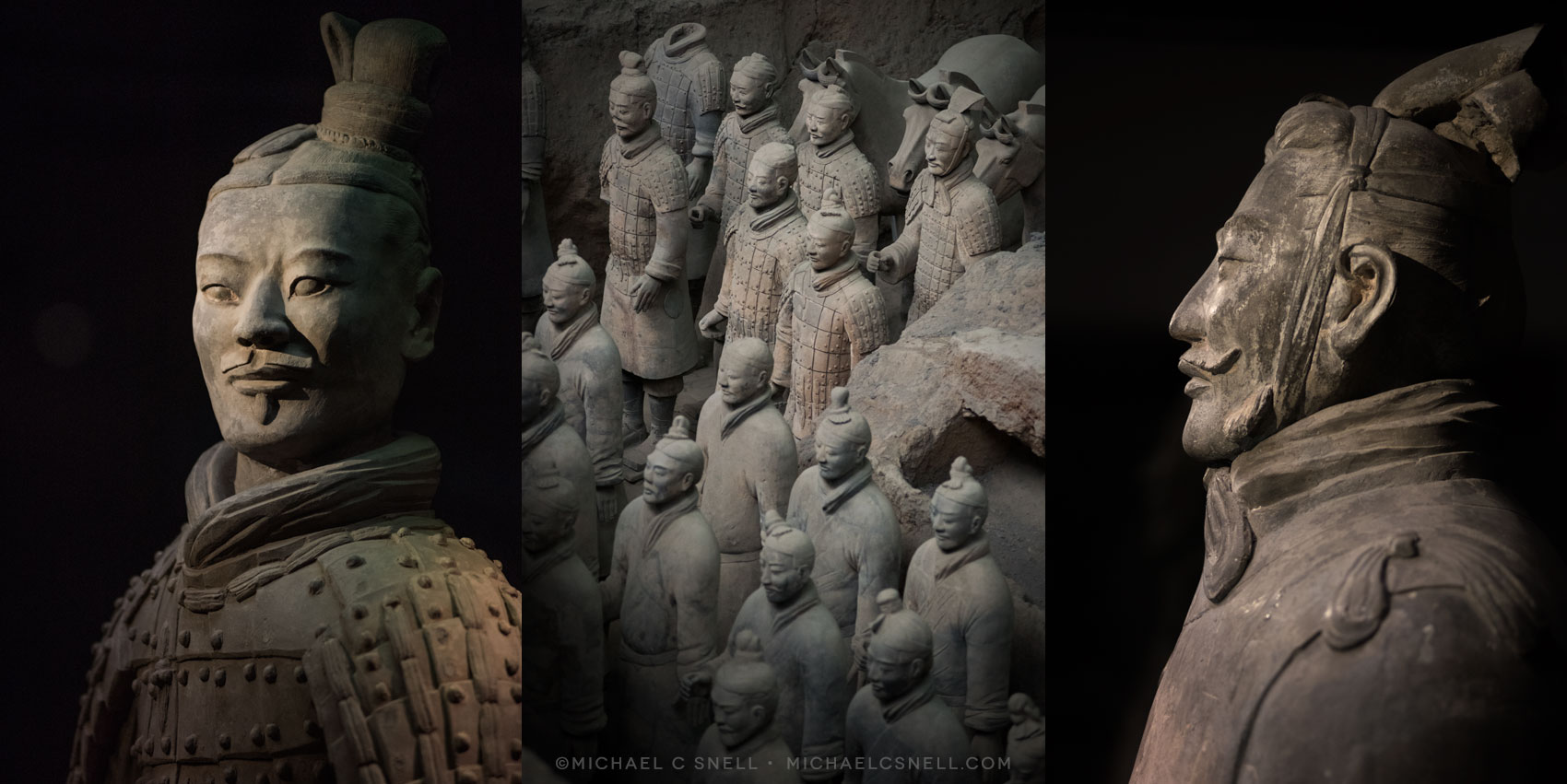
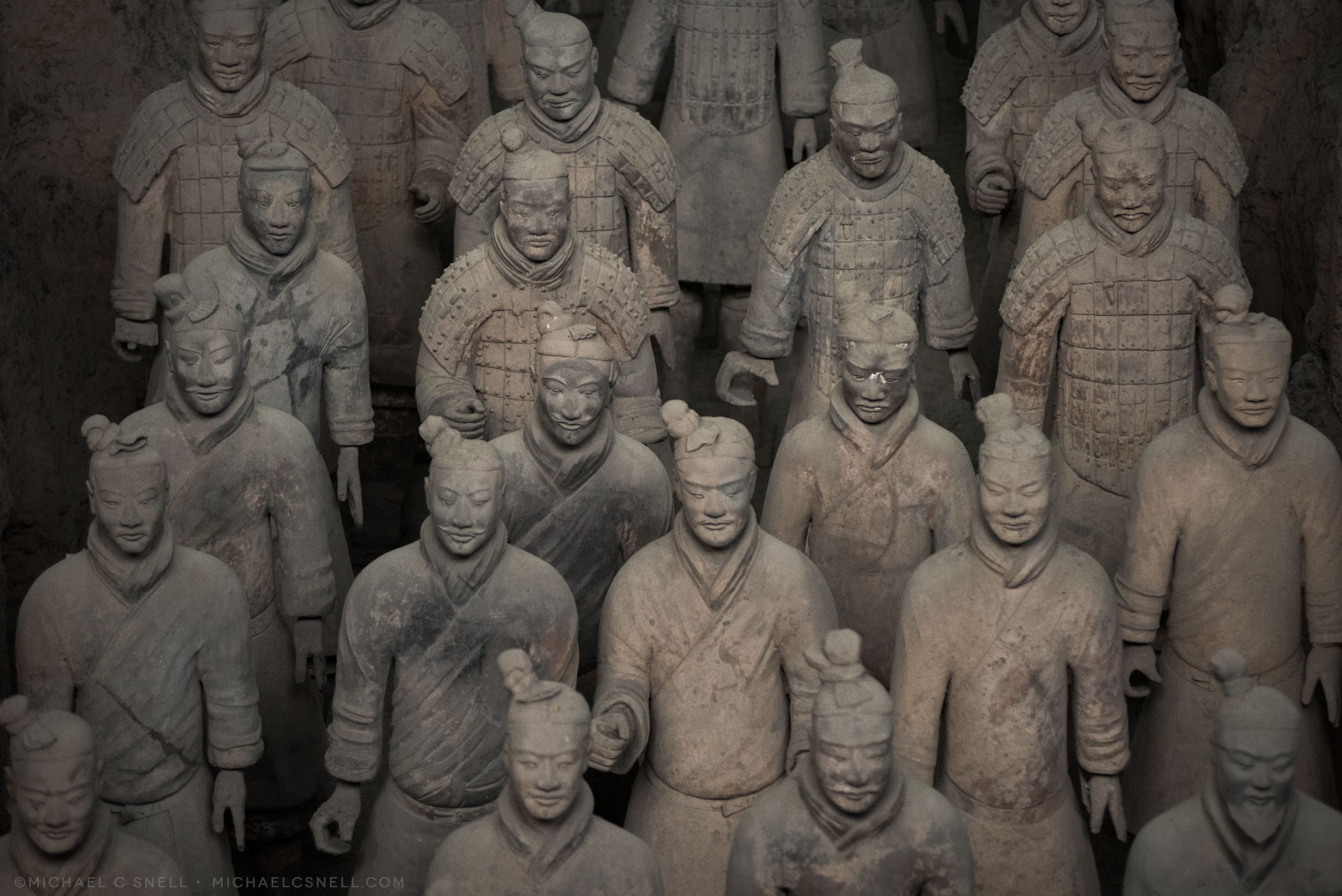
As a photographer, I can tell you that the Terracotta Army is a challenge to photograph. At least it’s a challenge to get anything new and different from the images you’ve already seen. Visitors to the Emperor Qinshihuang’s Mausoleum Site Museum pass through several structures, among them the large excavated pit that you see at the top of this post. Crowds can be large, but I was lucky to visit just before closing and it was fairly empty. Still, you are led around a specific path and the only view from the front is from a raised platform. There is no opportunity to mingle among the warriors unless you are someone far more important than myself. I did see a photo on display of the Clinton family in the pit, among the statues, but I can only assume that it is a very rare occasion when that happens.
Some of the other buildings have well-preserved warriors in cases, however, and that is where I was able to get the more portrait-like images you see above. The museum is definitely worth a visit — no doubt about that — but be assured that there is more to see and do in Xi’an than just visiting 2,000-year-old warriors.
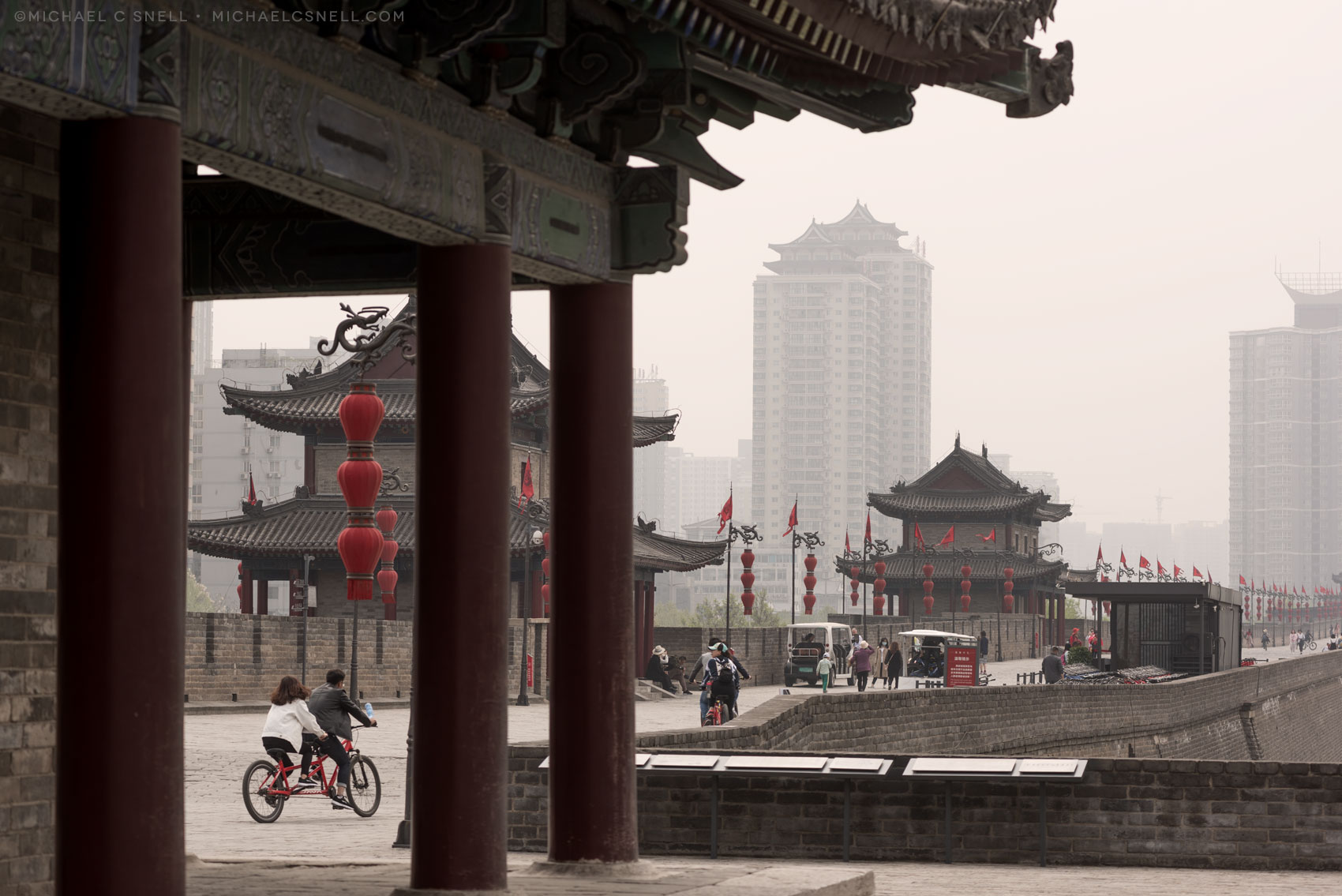
Xi’an is a city with a population of more than 12 million people and there is a lot to see. One of the more impressive sites is the old city wall, one of the oldest, largest and best preserved city walls in China. Built in the 14th century and refurbished many times since, the fortifications are now a UNESCO site along with the Terracotta Army.
The city wall is a great place to stretch your legs with a walk or a bike ride and offers great views of the surrounding city.
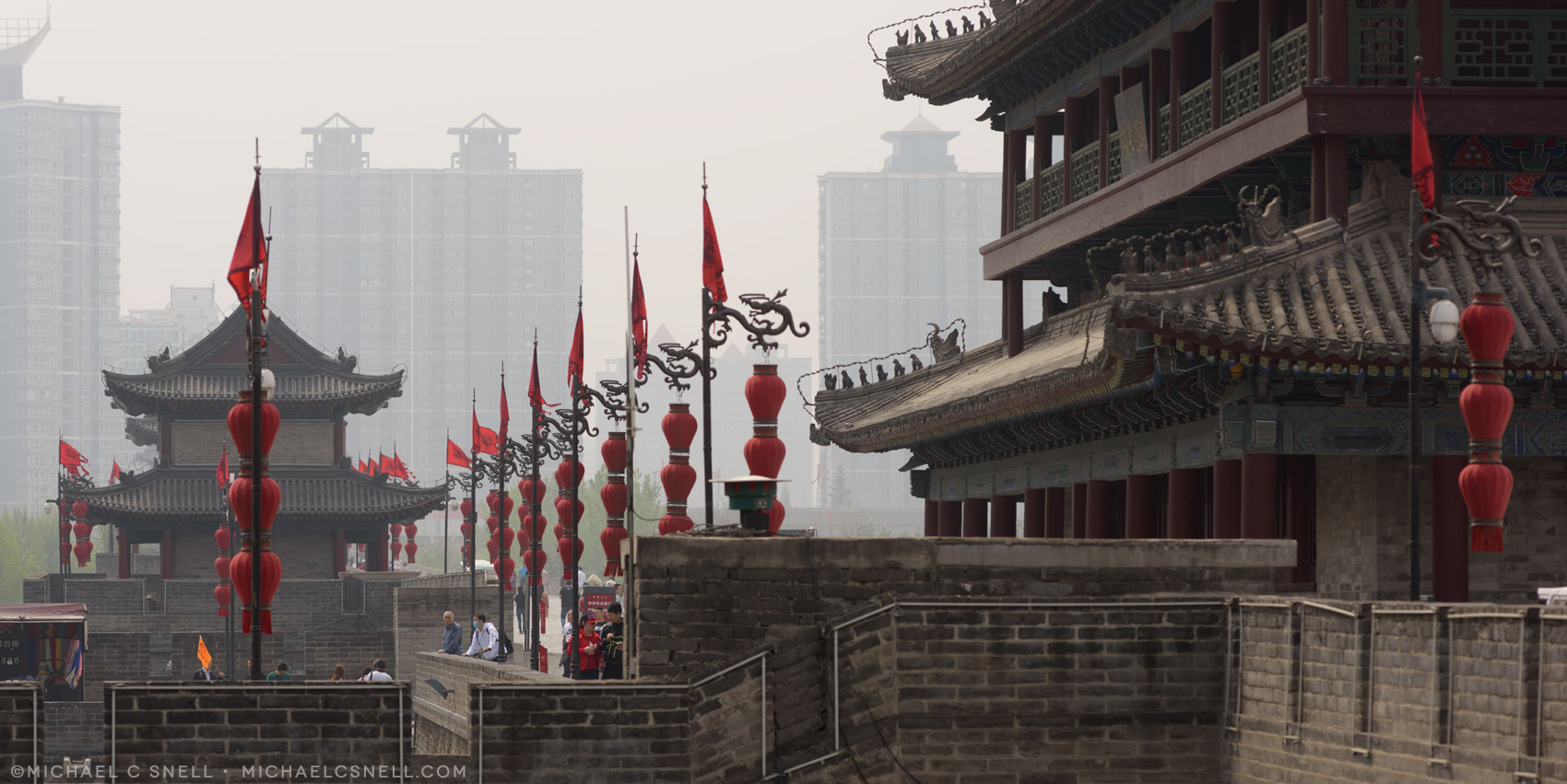
Another place to see some artifacts from Xi’an’s past is the Stele Forest, or Beilin Museum. Set among seven halls, there are over 3,000 steles on exhibit along with other sculptures and examples of calligraphy. The site is a former Confucian Temple, which is interesting and fun to photography in its own right:

You can also take in the history and culture of Xi’an by going to a show, and I can think of no better performance to recommend than “The Song of Everlasting Sorrow.” I won’t even try to explain it all here, but there’s a good description of the story and show on the Travel China Guide and Googling the name will even turn up some videos that have been posted of the performance.
I learned on my first trip to China, that outdoor shows like this are not to be underestimated. The Chinese excel at these productions and this ranks among the best I’ve seen. Suffice it to say that they have even incorporated the real mountain that is behind the stage. On it, they have have built an artificial moon so that it may “rise” at just the right moment in the story. Just take my word for it and go. Just go.
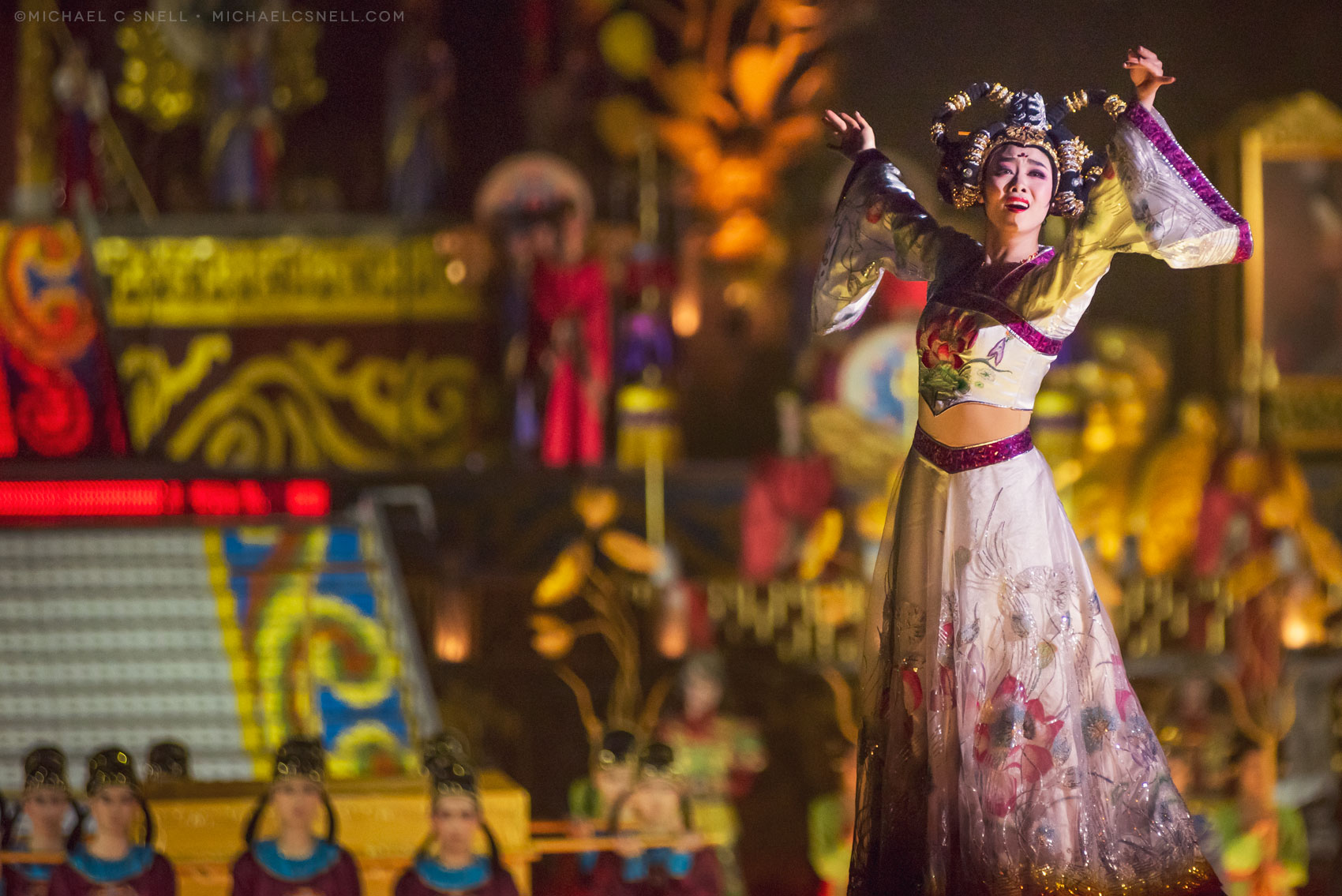

Street food is another form of performance art in China and, in Xi’an, it’s worth taking a stroll along the streets of the city’s Muslim Quarter. I probably shot more photos of this area than anywhere else in Xi’an because there is just so much color and there is a surprise at every turn.
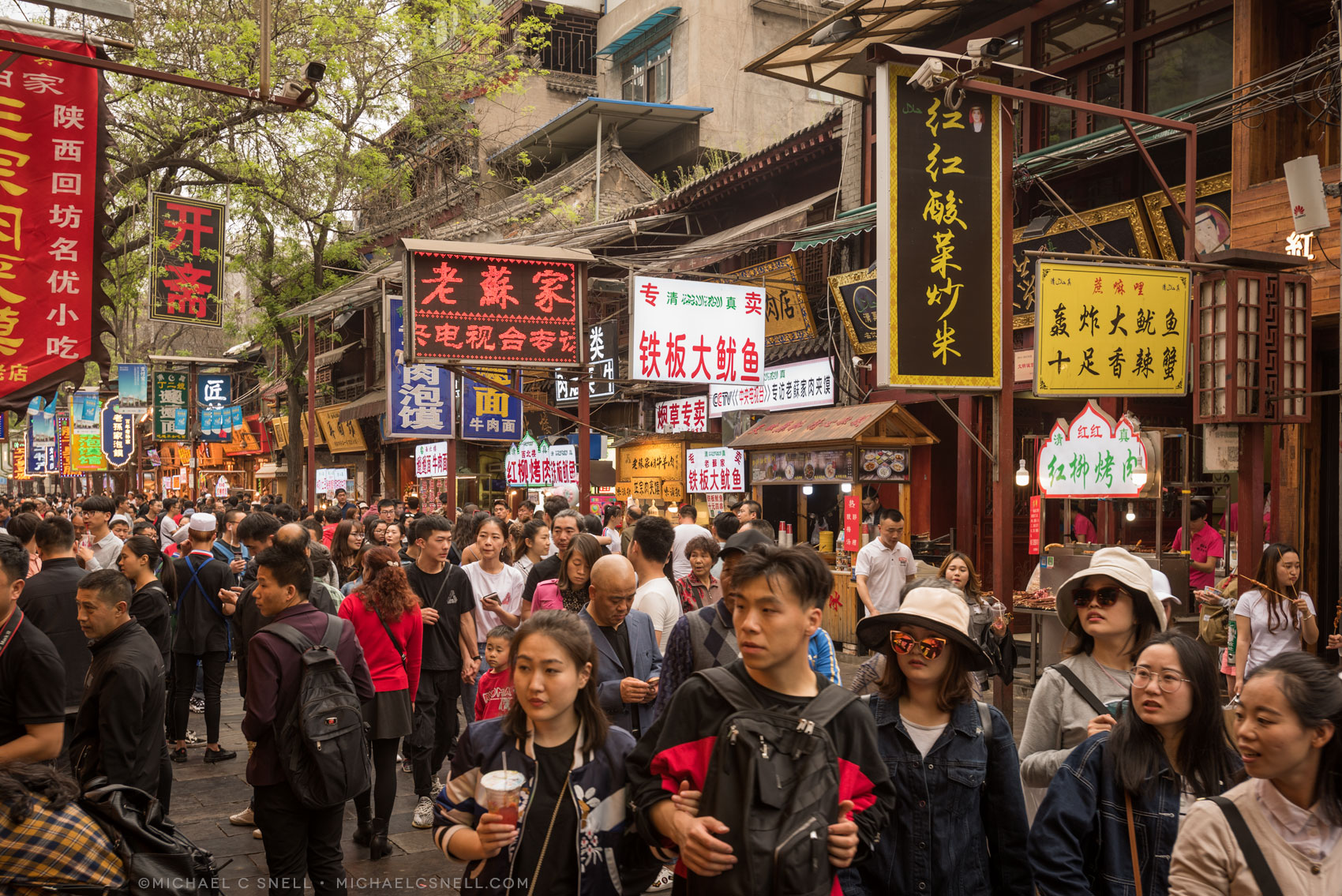

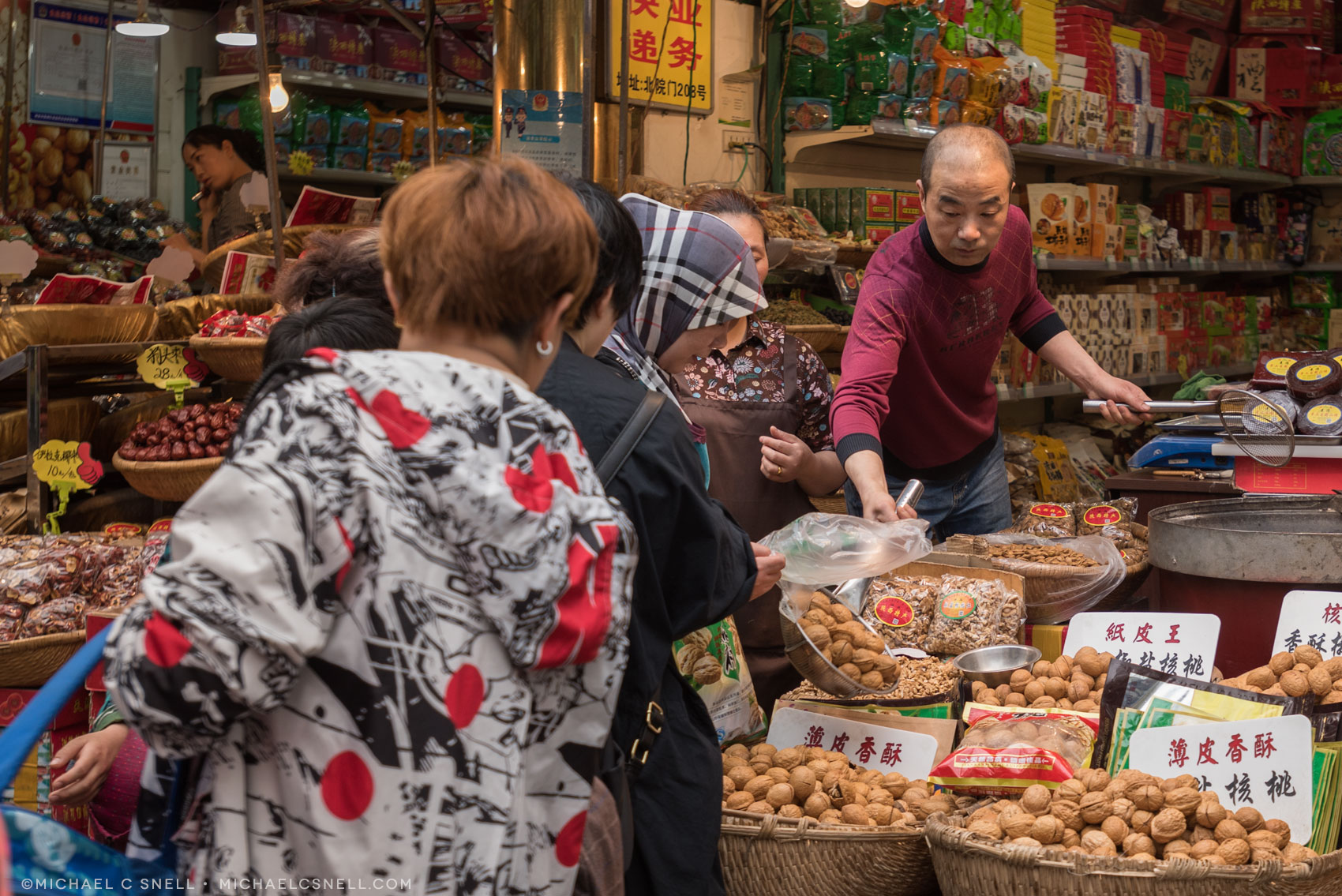

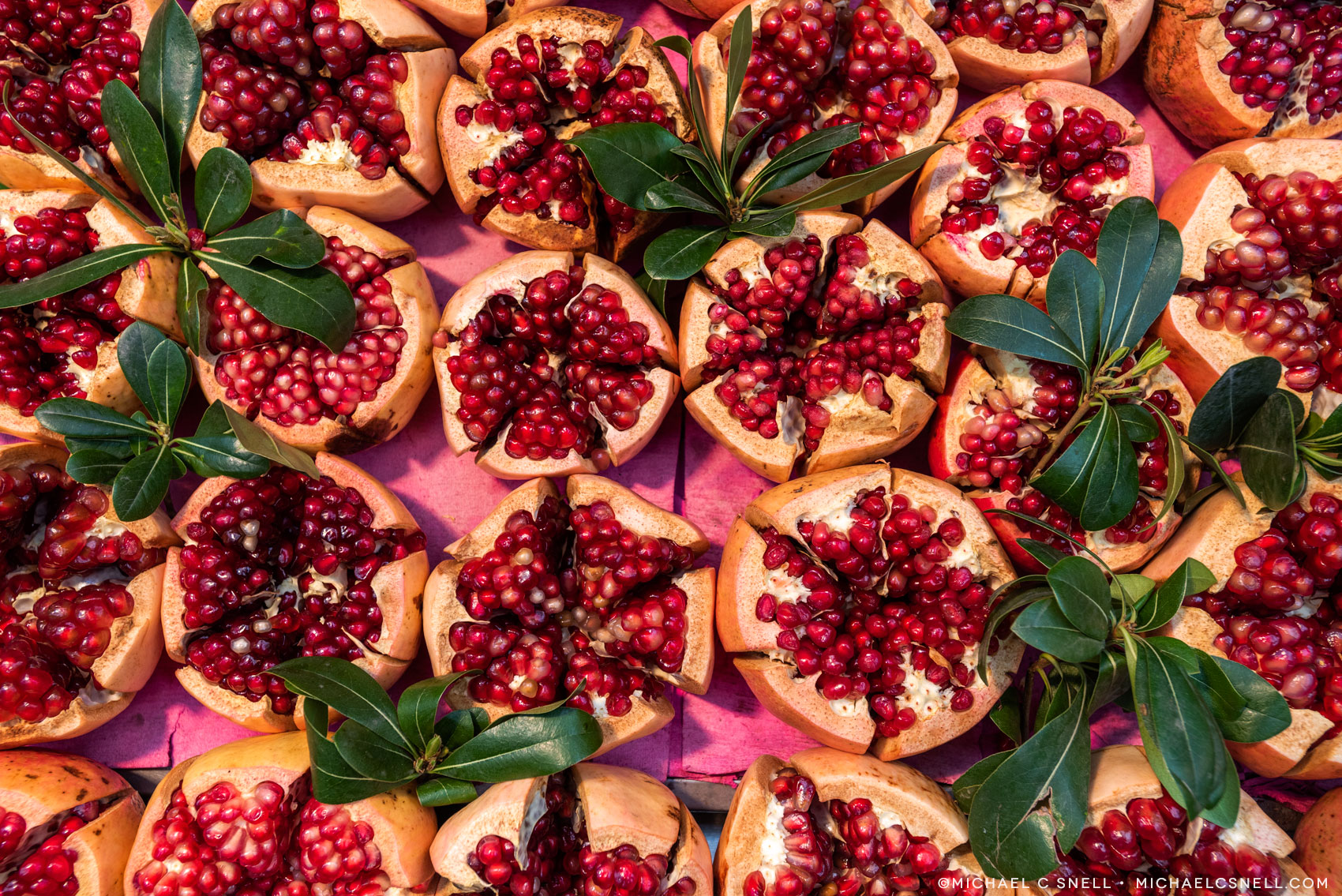
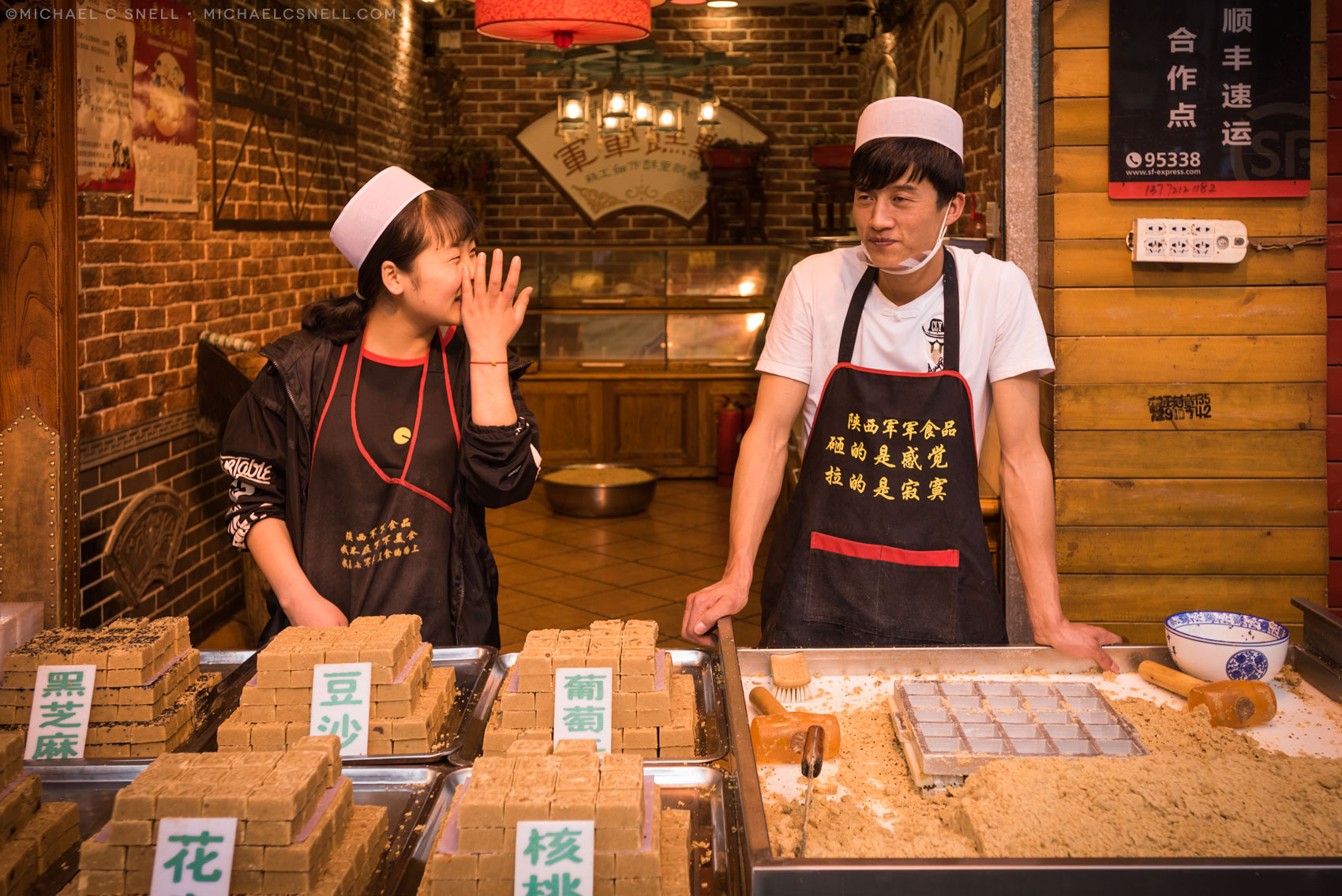
I’m only scratching the surface of what there is to see in Xi’an, but I should at least mention one other thing: the Big Wild Goose Pagoda. Built in 652 and rebuilt to rise to 10 stories in the year 704, the Pagoda lost its top three stories in an earthquake in 1556 and it now stands at seven stories. The pagoda sits inside a temple complex, built in 648, that is open to the public.
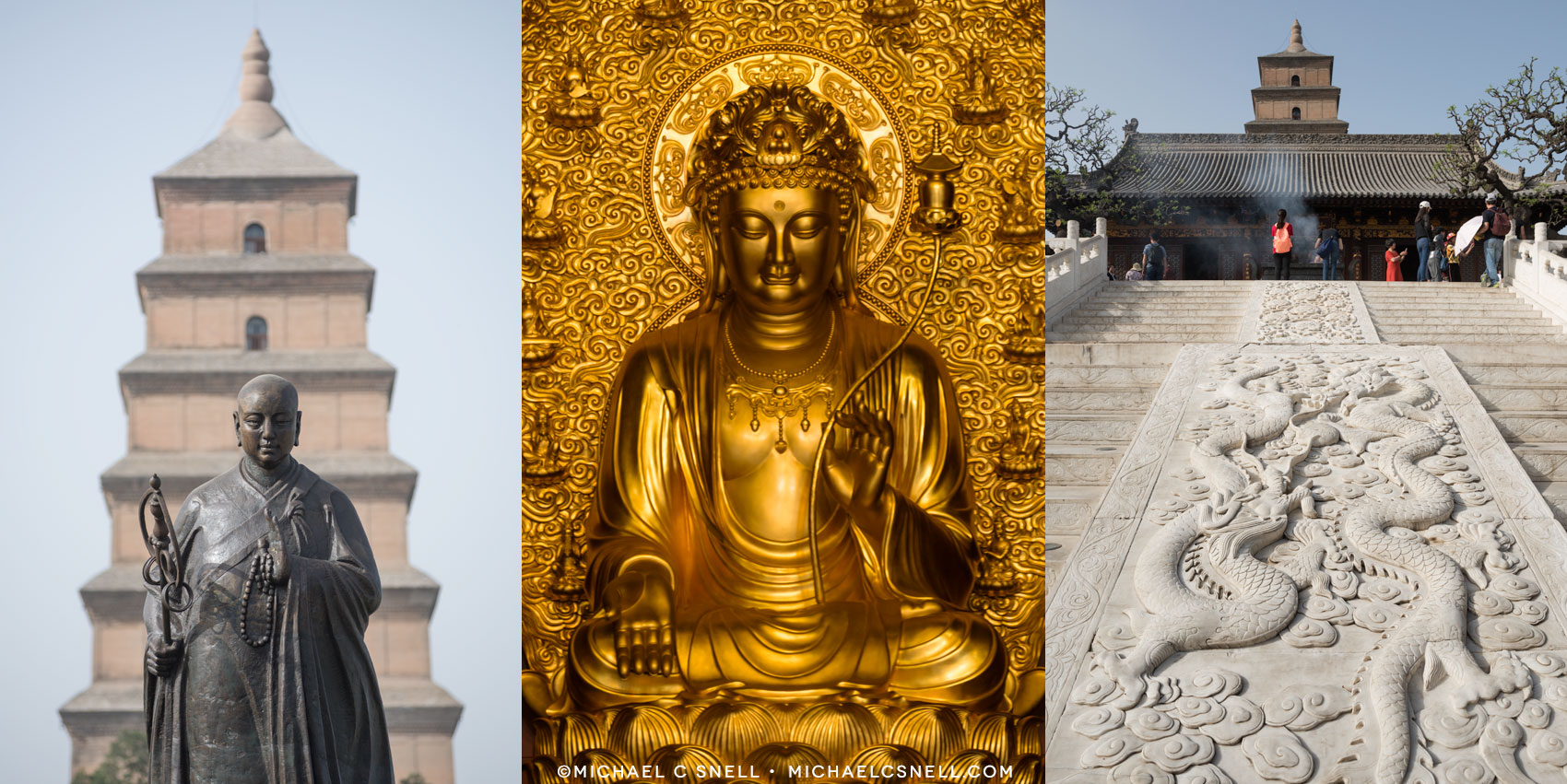
I had the opportunity to go beyond Xi’an to explore more of Shaanxi Province, as well. I will share some of those stories in later posts. It’s an amazing part of China, and quite different to other regions I’ve visited in the south and east.
More to come…
